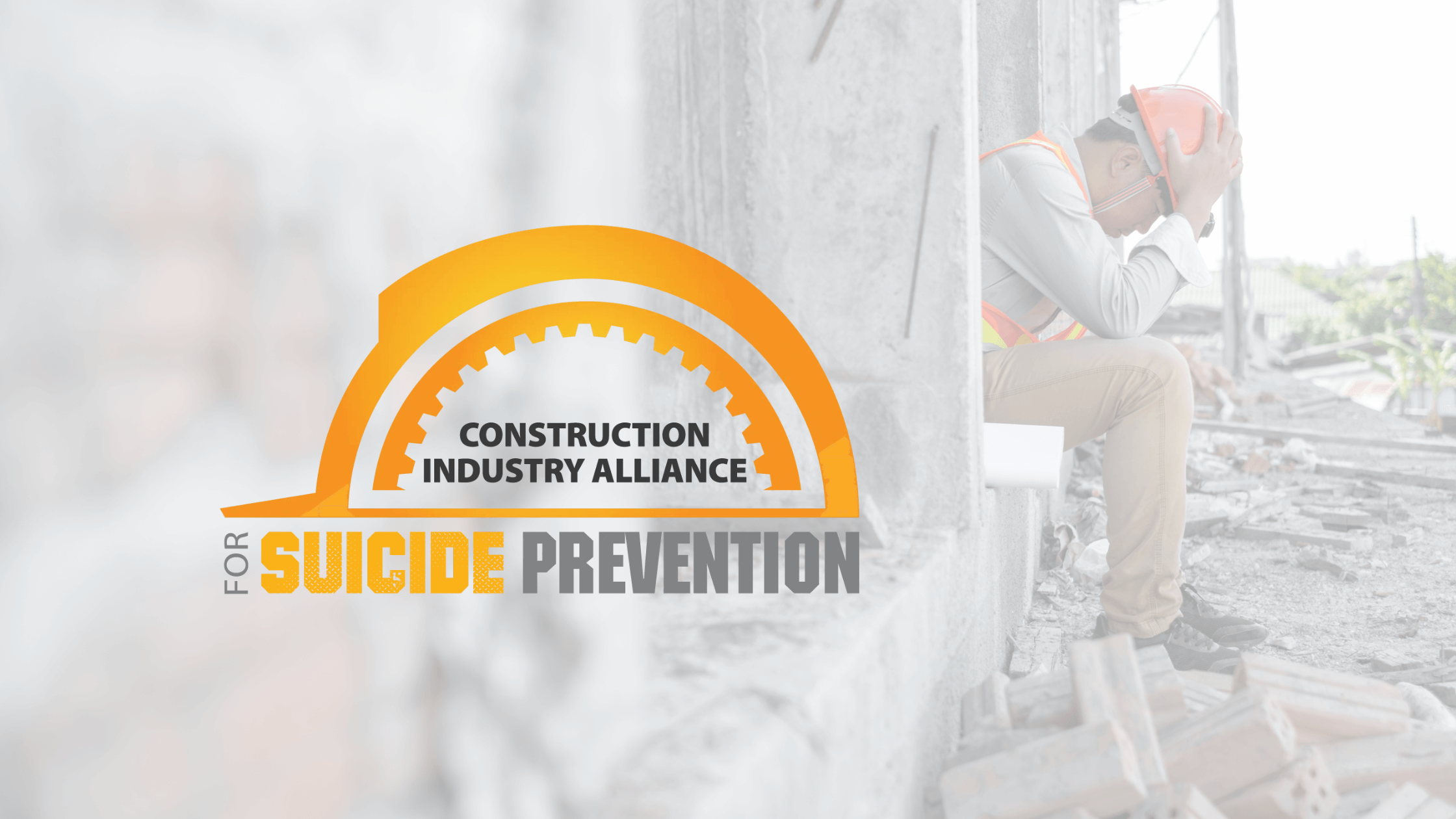In an industry where suicide rates are four times higher than the national average, Sonya Bohmann, Executive Director of the Construction Industry Alliance for Suicide Prevention (CIASP), is on a mission to change the narrative. In this interview, Bohmann discusses the critical factors behind the crisis and the strategies CIASP uses to make mental health resources accessible to workers.
Alexis Nicols: When we spoke with Stuart Binstock, he told us that the suicide rate in the construction industry is four times higher than the national average. That’s staggering. What are some of the key factors contributing to this crisis?
Sonya Bohmann: Absolutely, the numbers are alarming. There are many risk factors unique to construction. The work itself is very taxing on the body, which leads to a lot of chronic pain. Workers often self-medicate to deal with it, whether through prescribed or non-prescribed substances. Substance use or misuse is a major co-factor, and sometimes, it’s hard to tell if a death was from overdose or suicide.
In addition, the nature of the work can be unstable. You might not know where you’re working from one job to the next, and there’s isolation because workers are often far from home and their core support systems. We also have a lot of veterans in the industry, and while construction is a great segue from active military service, veterans bring their own risk factors.
AN: How has the COVID-19 pandemic impacted suicide rates in the construction industry? Did it exacerbate the crisis?
SB: COVID has definitely had an impact. On one hand, it increased anxiety, depression, and isolation, which have contributed to the rising numbers. But on the other hand, the pandemic has also opened up conversations about mental health in ways we hadn’t seen before. So, while the numbers are going up, we’re also talking about it more, allowing us to address it head-on and hopefully reverse the trend faster.
AN: One could say that the rise in reported suicides is due in part to the increased awareness and open conversations post-pandemic.
SB: Yes, absolutely. The increase in conversations has likely contributed to a higher reported number of cases, but that’s also a good thing. The more we talk about it, the more we can do something about it.
AN: Let’s talk about prevention. What is the Construction Industry Alliance for Suicide Prevention (CIASP) doing to help?
SB: CIASP offers a lot of resources, and we’ve worked hard to make them accessible to everyone, regardless of whether they’re union or non-union. We’ve translated everything into Spanish since that’s the second most spoken language in construction, and we’ve made sure the translations are not only accurate but culturally relevant. We also offer toolbox talks, and we’ll even do company presentations. One of our best tools is the Needs Analysis, which helps companies evaluate where they stand on mental health and suicide prevention and what gaps they need to address.
AN: Can you tell us more about the pathway model you’re developing?
SB: Yes, the pathway model is something we’re really excited about. We’ve gathered a think tank of industry professionals to build a comprehensive guide covering all stages of the mental health journey, whether someone is coming in at the awareness stage, during an incident, or even postvention. We want it to be a one-stop resource for everything you need in one place, so you’re not overwhelmed by the countless online options when trying to figure out what to do.
AN: Does CIASP have a crisis support system in place for workers who are in immediate danger?
SB: We don’t run a crisis line ourselves because that’s a very complicated process. However, we refer people to 988, which is available in the US and Canada. We also offer an anonymous mental health screening on our website through MindWise. This allows people to take a quick quiz and get a sense of whether what they’re feeling is normal or if they might need help. It’s not a diagnostic tool, but it gives people some control and anonymity, which can be comforting.
AN: That’s great. How are construction firms at the top integrating these mental health practices into their leadership?
SB: After COVID, we’ve definitely seen an increase in interest from leadership. Companies are inviting us to speak not just during key months like September for Suicide Prevention Month but throughout the year. We’re about to hit 20,000 people, which we’ve reached directly through presentations. One success story comes from a large construction company in Texas that created a mental health champion program. The CEO kicked off the meeting by sharing that he goes to therapy every week and encouraged others to do the same. That kind of openness from leadership makes a huge difference.
AN: That vulnerability from leaders must be so critical in reducing the stigma around mental health, especially in a male-dominated industry like construction. What should colleagues and coworkers look out for in terms of warning signs?
AB: Warning signs generally fall into three categories: what people are saying, how they’re acting, and outside factors affecting their lives. They might say things like, “I don’t want to be here anymore,” or, “My family would be better off without me.” Behavior-wise, the challenge in our industry is that warning signs sometimes masquerade as performance problems. They might be quicker to overreact, have decreased problem-solving abilities, or seem present but not engaged in their work. This is what we call presentism.
There might also be external factors that could indicate they’re struggling. Is there a recent loss? Contagion is very real, and you are more likely to have suicidal ideation if you’ve lost someone to suicide. Is that person going through a divorce, or do they have someone who is unwell in their family? What other things are happening in their lives that can put them in a position of not being under the hard hat and fit for duty? It’s important to remember that what might look like a performance problem could be a mental health issue.
AN: That’s such valuable insight. Looking ahead, what are CIASP’s primary goals for the future?
SB: Our primary focus is on rolling out the pathway model and continuing to expand our resources to make sure they’re accessible to everyone in the industry. We’re also ramping up learning opportunities, whether through presentations, webinars, or blog posts. Ultimately, we want to ensure that no matter where someone is on their mental health journey, they can access the tools and support they need. We want workers to know that it’s OK to not be OK.
If you or someone you know is in crisis, use the following emergency contacts:
Canada: https://988.ca/
U.S.: https://988lifeline.org/



1 comment